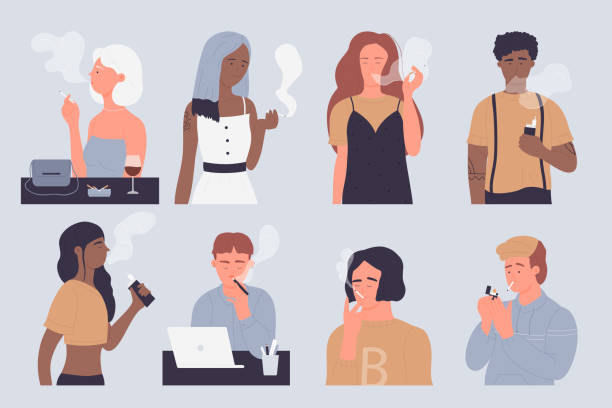Differentiating Between Legal and Illegal Drugs with Examples: South Africa

Question: Differentiate Between Legal and Illegal Drugs – Give One Example of Each
Legal drugs are substances that are permitted by law to be manufactured, sold, and consumed. These drugs are typically regulated and prescribed for medical purposes, although some may be available over-the-counter. In contrast, illegal drugs are substances that are prohibited by law due to their potential for abuse, addiction, and harmful effects on individuals and society. These drugs are often associated with criminal activity and are not permitted for sale, manufacture, or consumption.
What Teachers Are Looking For:
When answering this question for the Life Orientation Grade 11 Task 3 Project teachers are looking for:
- Clear Definitions: Clear and accurate differentiation between legal and illegal drugs.
- Examples: Providing specific examples of both legal and illegal drugs.
- Relevance to the Project: Connecting the explanation to the broader context of the project’s focus on personal development and societal roles.
- Connection to Sub-topics: Relating the differentiation to sub-topics like life roles and responsibilities and the impact of substance abuse on career choices and personal development.
- Language and Expression: Clear and concise language, appropriate for the academic level, showing the ability to communicate effectively.
Example Answer:
Differentiating Between Legal and Illegal Drugs with Examples
Here’s a table comparing legal and illegal drugs:
| Legal Drugs | Illegal Drugs |
|---|---|
| Alcohol | Cocaine |
| Tobacco | Heroin |
| Caffeine | Methamphetamine |
| Prescription Drugs | Ecstasy (MDMA) |
| – Opioids (e.g., Oxycodone) | LSD (Lysergic acid diethylamide) |
| – Benzodiazepines (e.g., Xanax) | Psilocybin (magic mushrooms) |
| – Stimulants (e.g., Adderall) | Crack Cocaine |
| Cannabis (in some regions) | Marijuana (in regions where it is illegal) |
| Over-the-Counter Medications | Synthetic cannabinoids |
| – Pain relievers (e.g., Ibuprofen) | Bath salts (synthetic cathinones) |
| – Cough syrups (e.g., Dextromethorphan) | PCP (Phencyclidine) |
Legal Drugs:
- Definition: Legal drugs are substances that are legally permitted for use, either by prescription or over-the-counter, and are regulated by governmental agencies.
- Example: Aspirin is a common legal drug that is used to relieve pain, reduce fever, and prevent blood clots. It is available over-the-counter and can be purchased without a prescription.
Illegal Drugs:
- Definition: Illegal drugs are substances that are prohibited by law due to their potential for abuse, addiction, and negative impact on individuals and society. These drugs are not permitted for manufacture, sale, or consumption.
- Example: Cocaine is an illegal drug that is known for its high potential for abuse and addiction. It is a powerful stimulant that affects the central nervous system and is associated with severe health risks and criminal activity.
By addressing these points, students can provide a comprehensive and well-rounded answer that meets the expectations of the teachers.
